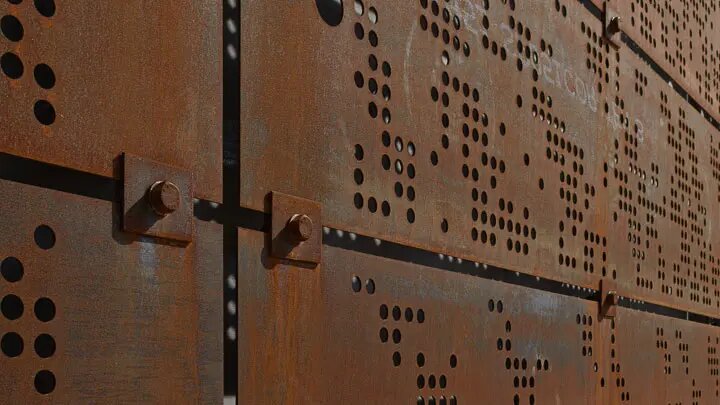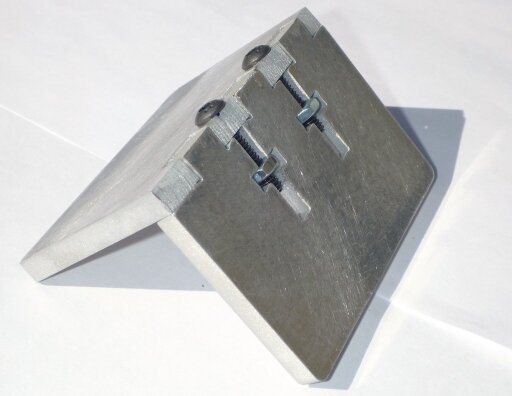Have you ever wondered what makes sheet metal constructions sturdy and reliable? A critical component that often gets overlooked is the sheet metal flange. Understanding this element can give you a better appreciation of the craftsmanship behind metal structures. In this post, I’ll explain a sheet metal flange and why it’s crucial in metal fabrication.
Are you interested in learning more? Let’s explore the different types of flanges, their uses, and how they can benefit your projects.
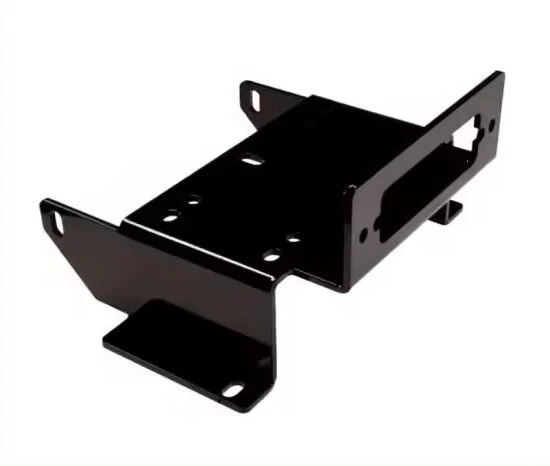
Understanding Sheet Metal Flanges
What is a sheet metal flange?
A sheet metal flange can be a projection, a rim, or both. It adds strength, attaches a part, or creates a flat surface. The edges of sheet metal are usually bent or welded to create flanges. These flanges are used in many different applications, including manufacturing and design.
Basic Terms in Sheet Metal Flanges
Understanding terminology can help us communicate more effectively and keep everyone on the same page. These are the key terms for sheet metal flanges.
- Flange face: A flat surface on a flange that makes contact with another component.
- Bolt Holes: Holes in the flange for bolt fastening.
- Surface of Gasket: Area where a rubber gasket is placed to seal a flange.
- Flange Thicken: The thickness of a flange can vary depending on its design and application.
Types of sheet metal flanges
There are many different types of flanges. Each is designed for a specific purpose. Here are some of the most common:
- Angle Flanges provide structural support and strength in machinery and construction. They increase the rigidity of the structure.
- Pipe flanges are used to connect pipes. They allow for the easy assembly and disassembly of piping systems. These are essential in HVAC and plumbing systems.
- Flat Flanges create a flat surface to mount components or connect parts. These are used in many applications that require a flat, smooth interface.
Materials Used in Sheet Metal Flanges
Metals Commonly Used for Flanges
It’s crucial to consider your project’s requirements when selecting materials for sheet-metal flanges. Metals have unique properties that make them ideal for different applications. The most common metals used for flanges are:
- Steel: Steel is known as a material of high strength and durability. Steel flanges are commonly used in construction and heavy machinery.
- Aluminum Aluminium is lightweight and corrosion-resistant. This material is ideal for applications requiring weight reduction, like aerospace and automotive industries.
- Copper: Copper flanges are used for electrical and plumbing applications. They have excellent electrical conductivity.
- Stainless Stee: Stainless Steel is a corrosion-resistant material that strengthens in harsh environments.
Comparing Material Properties
It’s crucial to compare the properties of different materials before choosing one for your flanges. This will help you choose the suitable material for your application. Here is a quick comparison:
- Steel: Steel is high-strength and durable but can be prone to rust without proper coating or treatment.
- Aluminum: Lightweight and corrosion resistant, with good thermal conductivity. Lower strength than steel.
- Copper: Excellent electrical conductivity and corrosion resistance, more expensive than aluminum and steel.
- Stainless Steel: Strong, corrosion-resistant, hygienic, and more expensive but offers long-term durability.
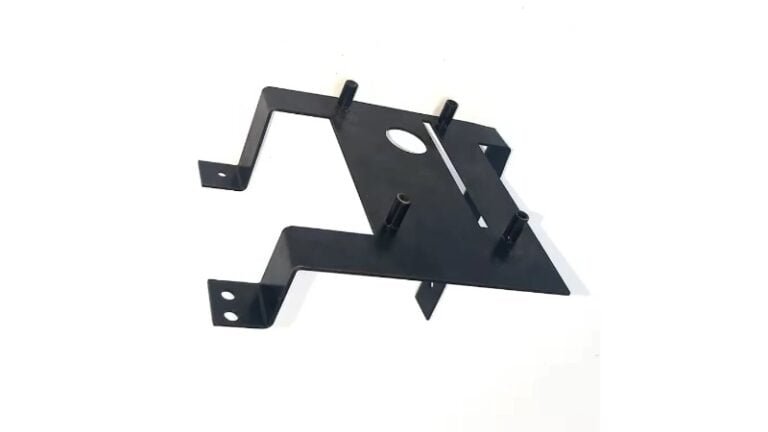
How to Flange Sheet Metal?
Flanging sheet steel involves adding a lip or bent edge to a sheet of metal to increase strength, facilitate attachment, or create a finished edge. This guide shows you how to flange metal.
The Step-by-Step Procedure
- Design & Measurement: Begin by designing the flange and measuring the metal.
- Marking Metal: Use a marker to mark the metal where the flange will be made.
- Cut the Metal: If necessary, cut the metal sheet to the desired dimensions using shears or tools such as a laser cutter or CNC machine.
- Clamping Metal: Fix the sheet metal with a flanging or brake press.
- Bending Metal: Use the flanging instrument to bend the metal on the marked line.
- Checking the Flange: Make sure the flange is accurate and consistent.
- Finishing touches: Deburr, polish, or coat the flange if necessary.
Tips for Flanging
- Material Selection: Different metals react differently to bending. Choose a material suitable for your flanging requirements.
- Tool selection: Select the right tool for the job. Choose the right tool for your project.
- Practice makes perfect: If you are new to flanging, practice using scrap metal. You can get a better feel for the process by practicing on scrap metal.
Sheet Metal Flanges: Applications
In many industries, sheet metal flanges can be used.
- Automotive: exhaust systems, other components.
- Aerospace: in aircraft construction and repairs.
- Construction: Supports and frameworks for structural structures.
Manufacturing Processes
In sheet metal fabrication, several manufacturing processes are necessary to create high-quality components. Take a look below at some of our most popular techniques:
Stamping
Stamping involves pressing a sheet of metal between a die and punch to create a particular shape. This method is ideal for large-scale production runs because it offers precision and consistency.
Cutting
Cutting is the process of removing material to create a desired shape. We use a variety of cutting techniques, including:
- Laser Cutting: High-precision laser cutting that can produce intricate designs and clean edges.
- Plasma Cut: Ideal for thicker material and fast cutting speeds.
- Waterjet cutting: This technology uses high-pressure water to cut metals, making it ideal for materials sensitive to high temperatures.
Welding
Heat or pressure is used to join two or more metal pieces together. There are many welding techniques.
- TIG welding: This method is ideal for thin materials and provides solid and precise welds.
- MIG Welding: It is faster than TIG and can be used for thicker material.
- Spot welding: Uses electric resistance to join metal at specific points. Commonly used in the automotive and appliance industries.
Casting
Casting is pouring molten steel into a mold to obtain a particular shape after solidifying it. This method is ideal for creating complex shapes which would be impossible or difficult to achieve using other methods.
Bending
The bend transforms a flat sheet of metal into the desired shape or angle without cutting it. Press brakes and other bending machines apply force.
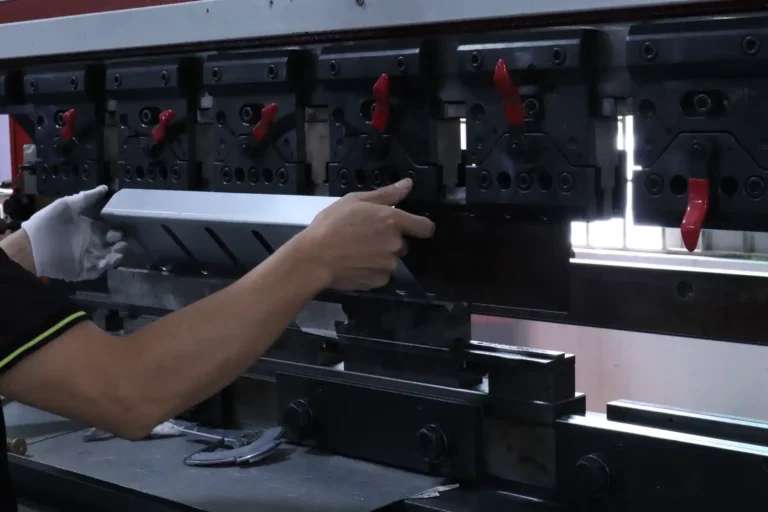
Design and Specifications
Creating high-quality sheet metal components requires careful attention to design and specifications. Here is a summary of what we look at:
Standard Dimensions & Tolerances
It is essential to adhere to the standard dimensions and tolerances in sheet metal fabrication. This will ensure that parts fit together correctly and work as intended. Here are some considerations that you should be aware of:
- Sheet Thickness: The thickness of the metal sheet can range from thin foils to thick plates. The thickness of standard metal sheets is often measured by gauges or millimeters.
- Dimensions: Standard sheet sizes can vary. Typical dimensions are 4′ x 8, 4′ 10′ and 5′ 10′.
- Tolerances: Tolerances are the allowed variations in dimensions. Industry standards and customer requirements usually specify tolerances.
Custom design considerations
Custom designs are used when standard dimensions and tolerances do not meet your requirements. What we look at when designing custom products:
- Material selection: Select the material that best meets your project requirements. Consider factors such as weight, strength, corrosion resistance, and cost.
- Functional Requirements: Ensure the design meets requirements such as load-bearing capacity, thermal properties, and aesthetic considerations.
- Cost Effectiveness: Consider the cost of the project when balancing the design.
Maintenance and Durability
Regular maintenance and proactive actions are required to ensure the durability and reliability of sheet-metal components. Keep your sheet metal components in good condition with these tips:
Common Issues & Troubleshooting
Even if made with the highest quality fabrication, sheet metal components can develop problems over time. Here are some common issues and solutions:
- Corrosion: Moisture and chemicals are corrosive. Check components for signs of corrosion and treat the affected areas as soon as possible.
- Wear-and-Tear: Regular usage can cause wear and tear on moving parts. Lubricate hinges, joints, and other moving parts to reduce friction and wear.
- Loose fasteners: Vibrations and usage may loosen screws and bolts. To ensure that fasteners remain secure, check and tighten them periodically.
- Warping: Heat and pressure may cause the metal to warp. Check components for signs of distortion. Replace or repair if necessary.
Methods of Corrosion Prevention
Preventing corrosion is vital in extending the life of sheet metal components. Here are some methods that work:
- Protective coatings: Use paint, powder-coating, or galvanization as a barrier to moisture and chemicals.
- Anodizing: Anodizing is a process that increases the surface hardness and corrosion resistance of aluminum parts.
- Regular cleaning: Maintain components dry and clean. To prevent corrosion, remove dirt, debris, and moisture.
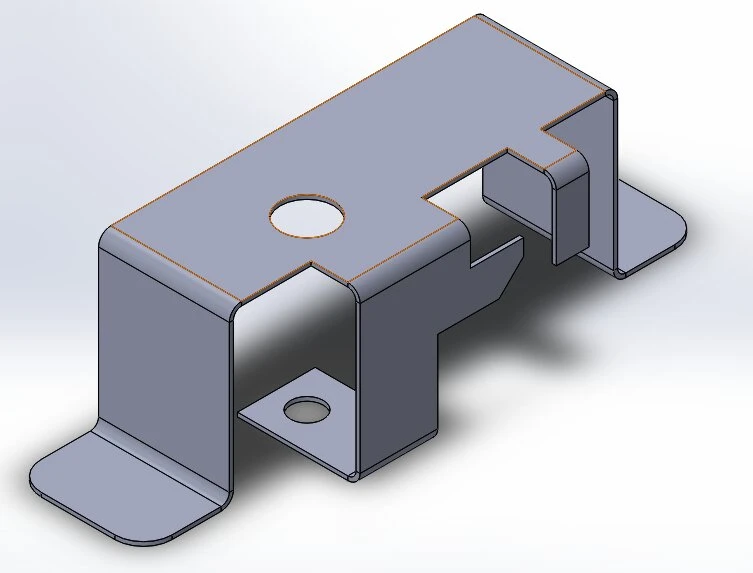
When to use sheet metal flanges?
The flanges of sheet metal are used to combine two or more sheets to create a more complex or robust structure. The edges of sheet metal can be reinforced to make the pieces more durable and aesthetically pleasing.
Determination of Flange Size
The choice of flanges is influenced by several factors. These include the thickness of the sheet being joined, strength and rigidity requirements, and aesthetic requirements.
Bend Radius Minimum Bend Length
When designing a flange, the bend radius, and the minimum bend length are important to consider. The bend radius is the radius inside the bent part of the flange, and the minimum bending length is the length of the bent part of the flange.
Conclusion
Sheet metal flanges offer strength, versatility, and ease of assembly. They improve the reliability and functionality of sheet metal components by providing structural support, sealing surfaces, and mounting surfaces. Understanding when and how to utilize flanges can help manufacturers optimize their designs and performance.
Do you need a reliable sheet metal parts manufacturer? Shengen is the place to go. We specialize in sheet metal laser cutting, bending, surface finish, and CNC Machining. Reach out to Shengen Today and seek help from professionals!
FAQs
What is the minimum flange width for sheet metal?
Factors like material thickness, bend radius, and application requirements typically determine minimum flange heights for sheet metal. In general, the flange height should be at least 1.5 times the material thickness to maintain structural integrity.
How do you calculate the flange size?
You can use this formula to calculate the flange size:
Flange Length = (Bend Allowance × Bend Angle × π / 180) + (Inside Radius × π / 180) + (Material Thickness)
The formula uses the bend allowance, the bend angle, the inside radius, and the material thickness to determine a flange’s length accurately.
What is the flange?
The flange is the raised or protruding edge of a sheet metal component. This edge is usually created by bending the metal or forming it. Flanges are used for a variety of purposes, including structural support, mounting features, sealing surfaces, and attachment points.
More Resources:
Corrosion prevention methods – Source: Eoncoat
Types of welding techniques – Source: Lincolntech
Protective coatings for metal – Source: Certified Enameling
Hey, I'm Kevin Lee

For the past 10 years, I’ve been immersed in various forms of sheet metal fabrication, sharing cool insights here from my experiences across diverse workshops.
Get in touch

Kevin Lee
I have over ten years of professional experience in sheet metal fabrication, specializing in laser cutting, bending, welding, and surface treatment techniques. As the Technical Director at Shengen, I am committed to solving complex manufacturing challenges and driving innovation and quality in each project.

